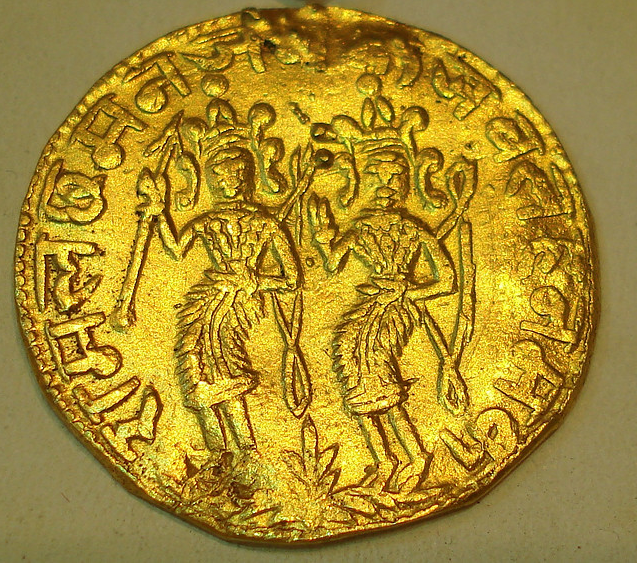by CarEnvy.ca
Since the Neolithic Revolution some 10,000 years ago, when humans started organizing into larger and more agricultural societies, there have been “haves” and “have-nots”. At the highest levels, the haves wielded political, manufacturing, and military power, which they naturally sought to maintain. To maintain their power, the haves needed something scarce and portable – something that could transfer accumulated wealth from one generation to the next, keeping the power in the family.
Enter: gold.
Today, the yellow rock serves as a conductor of currents and shielder of space rays, but its industrial applications are worth, at most, 10% of its value. The remaining 90% is derived from its scarcity, beauty, and millennia of history.
Yet despite thousands of years of concerted effort, the total amount of gold that’s ever been mined by humans is smaller than you might expect. To the extent that humanity can “own” anything, if you took all the gold humanity “owns” and melted it down, it would fit in just 3 Olympic swimming pools!
 And the biggest problem with gold as a store of value, and the reason we don’t use to it buy lunch anymore, is convenience. How many gold flakes does that sandwich cost? Or how about those fries? Most of us even find paper money, the original monetary convenience, to be a burden. That’s why 96% of all Canadian dollars in circulation are digital. In the modern world, virtual money is easier.
And the biggest problem with gold as a store of value, and the reason we don’t use to it buy lunch anymore, is convenience. How many gold flakes does that sandwich cost? Or how about those fries? Most of us even find paper money, the original monetary convenience, to be a burden. That’s why 96% of all Canadian dollars in circulation are digital. In the modern world, virtual money is easier.
Naturally, this brings us to bitcoin: the world’s first scarce virtual commodity and by far my biggest non-automotive, non-marital love affair (learn more about bitcoin here). While there are a raft of other digital currencies that mimic bitcoin, the big “B” remains the most widely adopted and therefore the most valuable at $2B in market cap (and climbing).

bitcoin is valuable because you can send value to anyone in the world with an Internet connection. It’s as fast and easy as e-mail, and it only costs a few cents. No more wire transfer fees, no more waiting in line at the bank to fill out forms, no more limits on your money. Western Union and PayPal are officially on notice.
And since bitcoin is scarce, it’s really like Gold 2.0, which means gold is officially on notice too.
And so is platinum. Or more properly, Platinum. That is, the F-150 trim level that ruled the roost until the 2013 Limited arrived with its one-upping deuce-deuces. While the F-150 Platinum can go anywhere and do anything, it has yet to master bitcoin-like teleportation. Still, I wasn’t about to hold that against it when Ford Canada tossed me the keys for a week.

When I first drove the Platinum two years ago, it blew me away with its refinement, curbside appeal, and long-distance comfort. So how does the revised 2013 model fare?
Very, very similarly. In fact, the truck is so similar that it’s all the more evident how much I’ve changed in the intervening years. Where once I reveled in the commanding seat position and massive on-road presence, I’m now acutely aware of how socially unproductive the isolation is in an urban setting. With neither engine, road, nor traffic noises filtering into the serene cabin, the driver has no concept of speed or space – a frightening prospect in something weighing so many, many tonnes. This effect encourages, at least in yours truly, driving too closely to smaller vehicles and generally ripping around like a maniac. While it might be fun to be the maniac, it soon became apart that other drivers thought I was driving like a d*ck. Rightly so.
The thing is, it wasn’t my fault that I drove with little respect for fellow roadgoers. Perched several feet off the ground in monastic isolation from my surroundings is hardly conducive to normative social behaviour. Such a perch is the psychological equivalent of jewel-encrusted throne – a mountain peak from which to judge the valley-dwellers. It’s poisonous.
So what’s the cure for aggrandizing, intoxicating isolation?
You’ll have to wait for Part 2 to find out.
[Photo credits: Farrukh/Flickr, Let’s Talk Bitcoin, antanacoins/Flickr, SVTStangCobra/Flickr]


